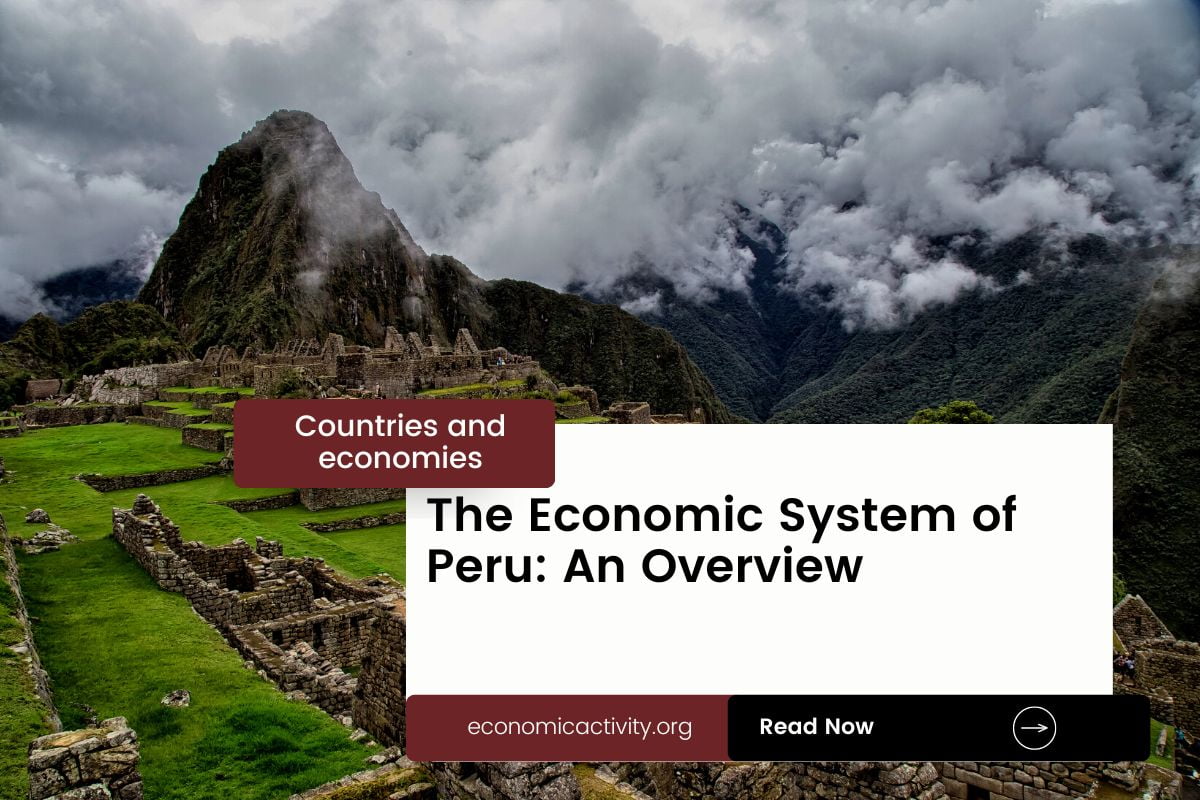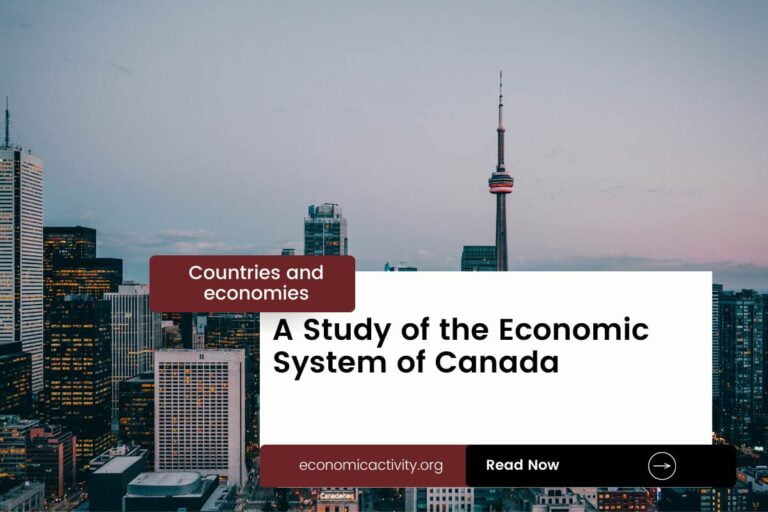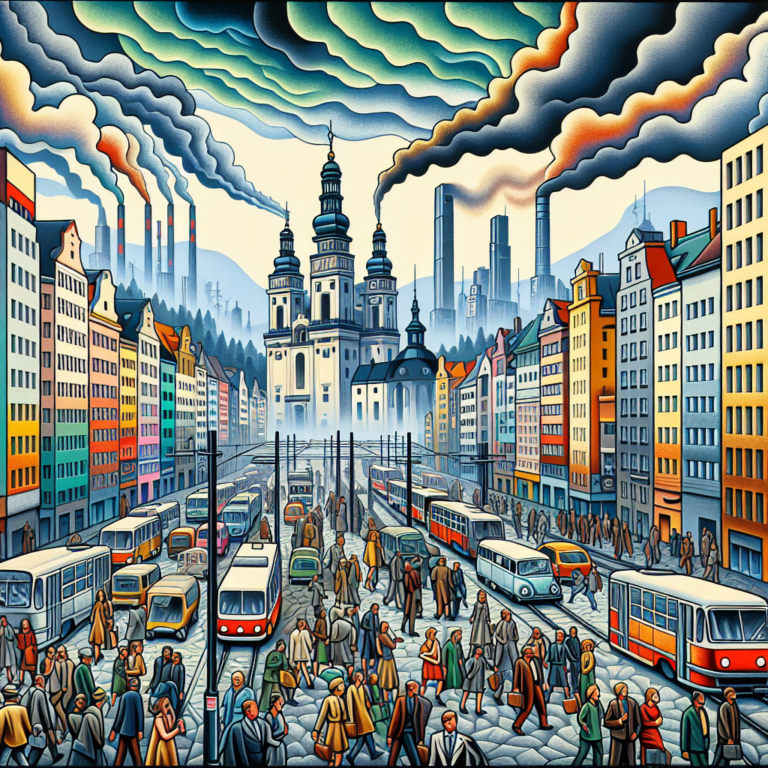What is the economic system of Peru? The economy of Peru is based on a mixed economy. The country’s economic system combines elements of a market economy and a planned economy.
Peru’s economy is driven by mining, agriculture, and manufacturing. It is a major exporter of copper, gold, and silver, and has a growing tourism industry.
Peru is regarded as one of the most diverse countries globally, showcasing a variety of landscapes such as valleys, plateaus, deserts, forests, and coasts. The nation is often perceived as a developing country that has made significant progress in recent years.
According to the International Monetary Fund’s 2012 estimates, Peru’s economy ranked 52nd worldwide and seventh in Latin America, with a GDP of $232.542 billion. This places it ahead of other Latin American economies like Venezuela (32nd with $333.715 billion), but behind others like Colombia (44th with $342.135 billion). Hence, Peru is the sixth-largest economy in Latin America, trailing Brazil, Mexico, Argentina, Colombia, and Chile.
In Peru, the economy is composed of a private sector, consisting of individuals and businesses that make autonomous decisions based on self-interest, and a public sector, where the state determines the production and distribution of certain goods and services. No country is purely capitalist or purely communist.
What do the freedom indexes tell about the economic system of Peru?
Now, to determine if a country is mostly a market economy or a planned economy, it is useful to examine some economic indexes. For instance, according to the 2022 Index of Economic Freedom, which measures the ability of every human to control his own labor and property, Peru is ranked 51st globally and 8th in the Americas indicating that the country has a moderately free economy.
In a similar way, the 2022 Freedom House index evaluates the state of political rights and civil liberties globally. Generally, market economies tend to align more with democracy and freedom, while command economies tend to be characterized by greater state control and fewer democratic and civil liberty protections. Peru gets a score of 72/100, which qualifies it as Free.
Peru is a country where the government does not control what people do for political reasons, and people have the freedom to choose (what, how much, and how to produce, whether to buy or not, selling price, etc.)
The Link Between Public Sector Employment and the Economic System of Peru
An indicator of the extent to which the State is involved in the economy is the number of public sector employees. In Peru, according to ILOSTAT, the number of public sector employees as a percentage of the total workforce is 8.1% (2021).
In the country’s mixed economy, the number of public sector employees as a percentage of the total workforce varies based on the specific policies and practices adopted by the State. Some economic activities are left to the private sector while others are under government control. The bigger the public sector the closer the economy is to being a command economy.
What do the biggest companies in Peru say about the country’s economic system?
The biggest company in Peru should also be looked at, as well as whether it is a state-owned or private company. In this case, Credicorp is a financial services holding company offering banking, insurance, and pension fund services. The company is owned by multiple shareholders from different countries.
Peru’s private sector industries include mining, fishing, agriculture, and manufacturing. Public industries include healthcare, education, and transportation.
The historical factors that have influenced the economic system of Peru
The current mixed economy system of Peru in the last century is the result of a combination of factors, including the country’s colonial history, its economic policies, and its social and political structures.
The colonial period saw the introduction of a mercantilist system, which was replaced by a more liberal economic system in the 19th century. This was followed by a period of state interventionism in the 20th century, which led to the current mixed economy system.





Leave a Reply